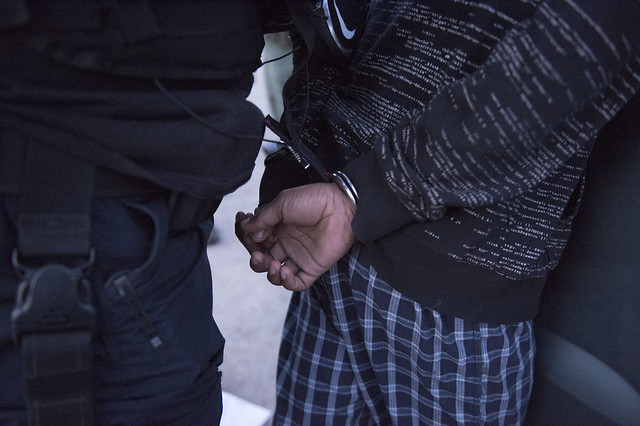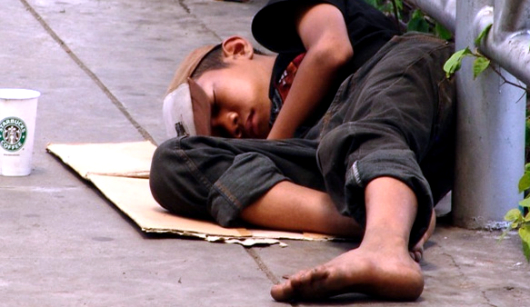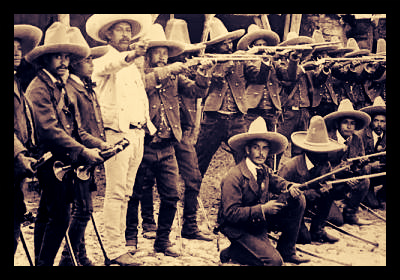
Honduras is one of the most impoverished nations in Central America. In 2016, figures showed that over 66 percent of its population lived in extreme poverty. These figures also reveal an estimated one out of five rural Hondurans is trying to survive on less than a mere $1.90 per day. Since poverty and criminal activity seem to have a close correlational relationship, it is no surprise that Honduras has held consistently high crime rates along with high poverty rates. What many may not know is that much of Honduras’s crime is due to gang violence. Below are seven facts about gangs in Honduras.
Seven Facts About Gangs in Honduras
- The two largest gangs in Honduras are the MS 13 and the Barrio 18. MS 13 is expanding internationally. Its scope and influence on crime in Honduras are hard to verify. In fact, since gang activity is so common in Honduras, it is hard for government officials to discern how much violence in the country is strictly due to gang-related activity.
- One gang runs several legal businesses. Recent investigations into the massive MS 13 gang activities in El Salvador uncovered a multimillion-dollar structure of legitimate businesses owned by the gang. MS 13 is a violent and massive gang that operates primarily in Honduras but also in El Salvador. Additionally, the gang has close ties with Mexican drug cartels.
- Honduras is attempting to rid its law enforcement of corruption. Since 2016, the nation of Honduras has dismissed around 4,455 police officers. This purge was an attempt to cleanse its law-enforcement from corrupted officials. These were officials who dabbled with organized crime and carried out extra-judicial killings. The country is also trying to create a new police training curriculum that centers on human rights.
- Ex-cops are being recruited into gangs. Despite good intentions, many of the released ex-police officers are now being hired by the vicious MS 13 gang as bodyguards and trainers for gang-related activities. MS 13 reportedly pays ex-officers 2.5 times the amount they made inside the police force. This allows the gang to become better-trained to conduct violent business.
- Families are leaving their homes to escape gang violence. Between 2016 and 2017, over 1,900 people fled their homes and communities because of gang-related death threats or extortions. It can be insidiously dangerous for residents of Honduras to live unaware of gang turf. Many may accidentally cross those invisible lines and put themselves in harm’s way.
- Homicide rates are decreasing, but Honduras still has one of the highest. Honduran homicide rates in 2018 are half of what they were in 2012. In 2012, Honduras experienced 86 murders per 100,000 citizens. In 2018, this number decreased to 42 murders per 100,000 citizens. Although making progress, Honduras still has one of the highest homicide rates in the world.
- Honduras has increased the budget for protection from gangs. The budget for Honduran security and justice institutions has increased by over 50 percent in the last five years. In the last couple of years, the El Pozo and La Tolva maximum-security prisons were built. Some of the nation’s criminal and gang leaders are now incarcerated there. Security officials say this has limited their abilities to operate within the prison system.
These key facts about gangs in Honduras indicate that Honduras is trying to lessen the violence that plagues its streets. This is in tandem with foreign partners such as the United States. Overall, global attention and innovative thinking are necessary to provide solutions to the gang epidemic.
– Haley Hiday
Photo: Flickr




